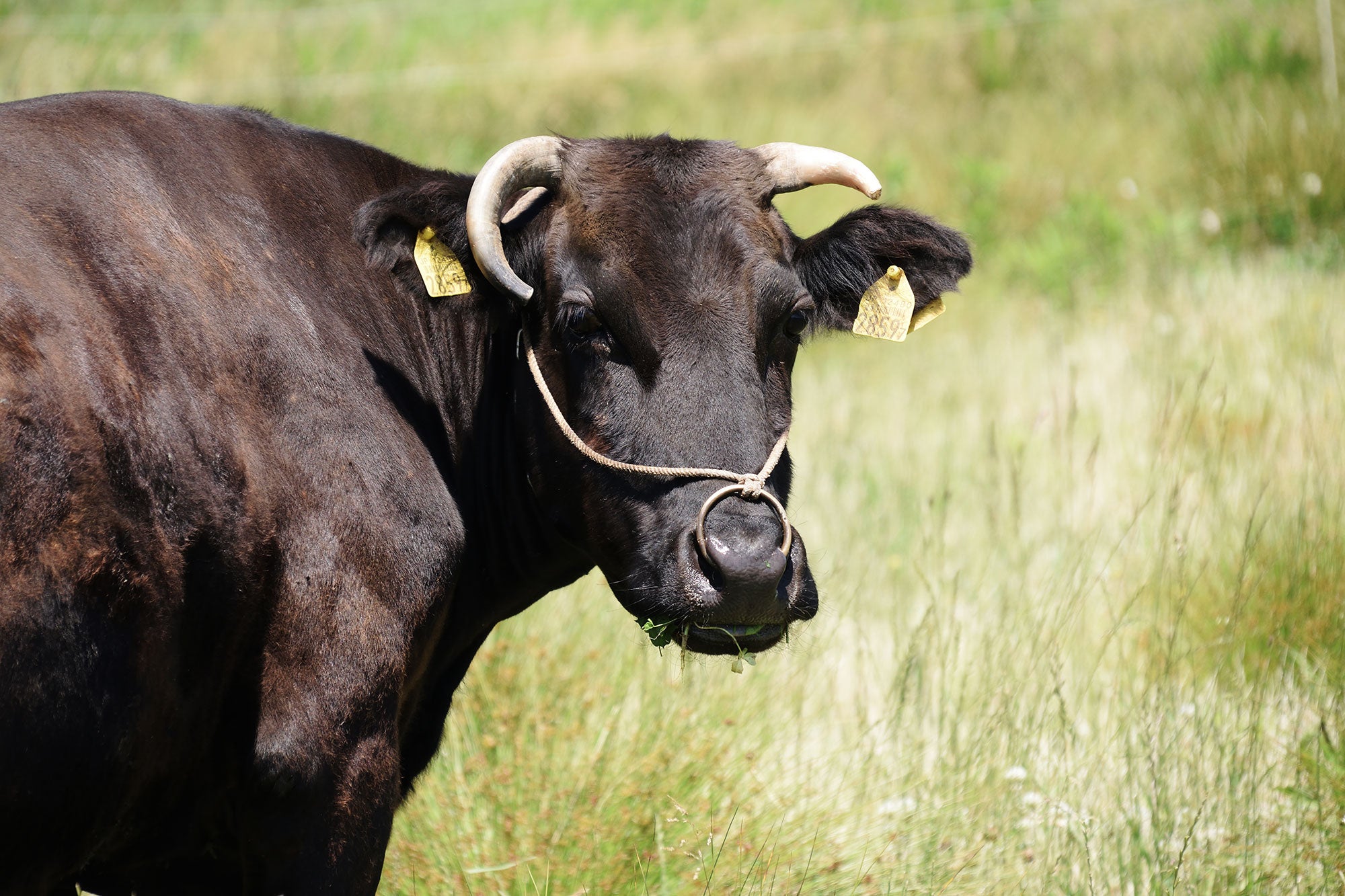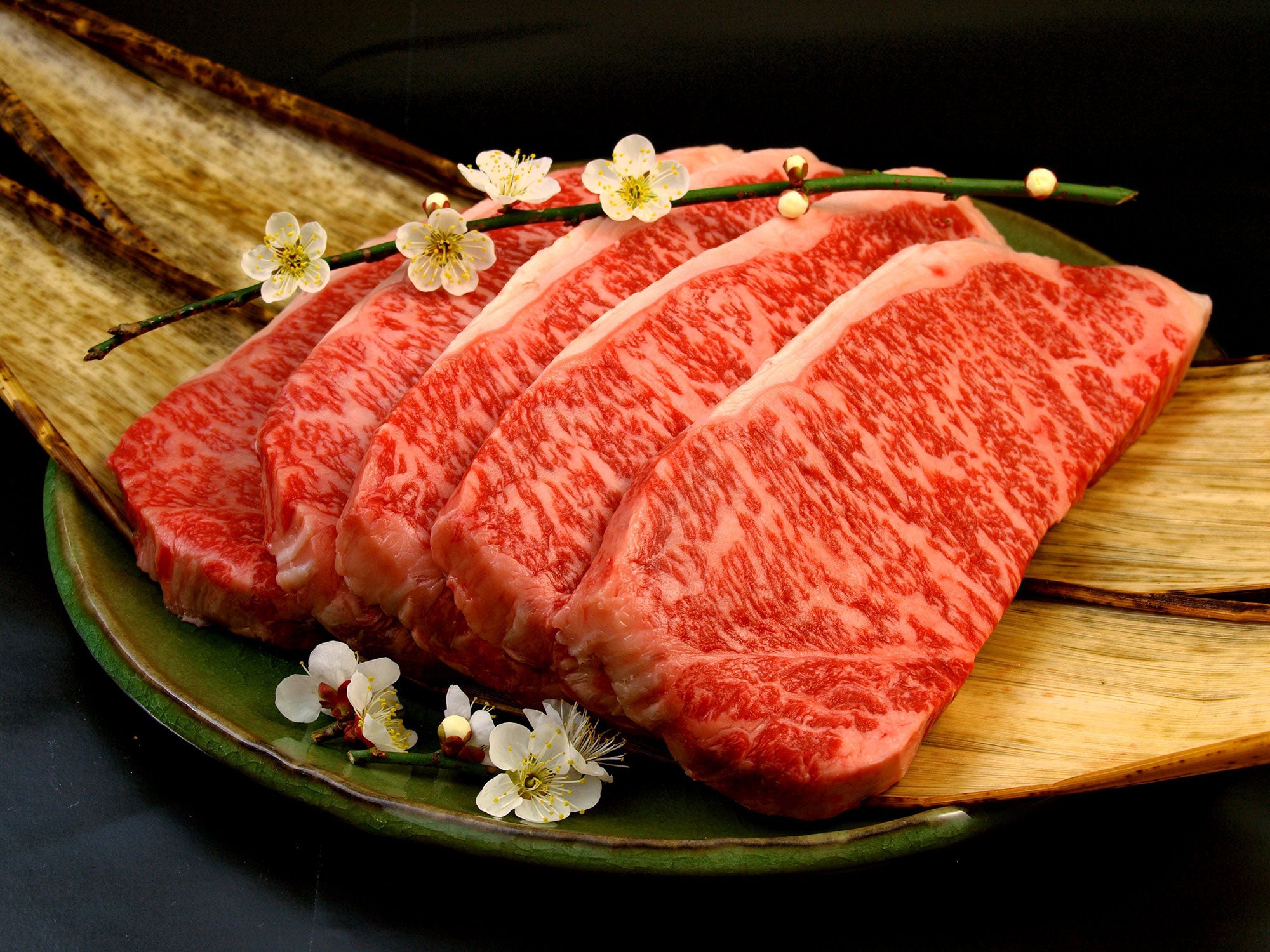From the unique marbling of the beef to the limited export market, Japanese Wagyu cattle have sparked intrigue and a growing following in the U.S.
1. Interesting History

Getting your hands on pure Wagyu has been tough over the years. Live animal and DNA transport from Japan was banned prior to, and after 1997, making for a small window in the breed’s history. In fact, the meat itself was actually banned for export up until 2012, and even now there is a stiff quota and tariff system in effect. Of the head in America today, only about 26,000 are purebreds, out of some 89.9 million total cattle.
2. The Fab Four

In Japan, the breed maintains four groupings: Japanese Black, Japanese Brown, Japanese Shorthorn, and Japanese Polled. Prior to the 20th century, the Japanese Black cattle were considered the workhorses of that islands farms. Improved through the years by crossbreeding with foreign cattle, that grouping now accounts for 90 percent of Wagyu raised in Japan, with a slaughter age of 28 to 30 months and average grade there of BMI 5.6. The Japanese Brown on the other hand tends to produce a lower fat content and leaner meat, with an average Japanese Grade of BMS 3.2 and slaughter age of 25 months.
3. Size Matters

Numbers will vary among producers, but a study published in the Asian-Australasian Journal of Animal Sciences recorded mean body and carcass weights of Japanese Black cattle at slaughter to be 756 kilograms (1,666.69 pounds) and 476 kilograms (1,049.40 pounds), at 29.2 months of age. Mean daily weight gain to slaughter was 0.77 kilograms (1.697 pounds).The same 2018 study showed 26-month old Wagyu steer carcasses to be 47.7 percent muscle, 41.7 percent fat, and 10.6 percent bone, which represented the highest level of fat when compared to Belgian Blue cattle, Holstein, and German Angus.
4. Fat and Juicy

With up to 300 percent more monosaturated fat than other beef, the Wagyu beef is significantly higher in Omega 3 and 6 content as well, and has the highest amount of conjugated linoleic acid (CLA) per gram relative to other beef by a factor of 30 percent due to linoleic acid levels. To that degree, the beef has a fat profile comparable to salmon and olive oil, while boasting lower cholesterol levels then chicken. With stats like that, it’s easy to understand why people describe the beef as having a unique flavor and downright buttery feel.
5. This is Prime Country

More than 90 percent of Wagyu slaughtered in the U.S. are classified “Prime,” which is the highest marker, with marbling described as “slightly abundant to abundant,” with a minimum intramuscular fat content of 8 to 11 percent.
6. Where’s the Beef?

While not available just anywhere in the U.S., a number of brick-and-mortar locations do retail Wagyu beef, and there are several online. Prices vary widely by retailer, as with all products. Snake River Farms of Idaho is one of many operations specializing in Wagyu, with a number of cuts and bulk provisions available through their website.
7. Wagyu myths

Because of the limited exports, a number of downright hilarious myths have arisen to explain their high fat content. One of the more amusing is that Japanese farmers massage their cows while feeding them beer and playing classical music to help them relax. All experts agree, this is manure spread about the diner. Observers of Japanese farms might have mistaken traditional brushing techniques for massage, and various grain concoctions might have an aroma to them, but the Wagyu farms are not day spas.


